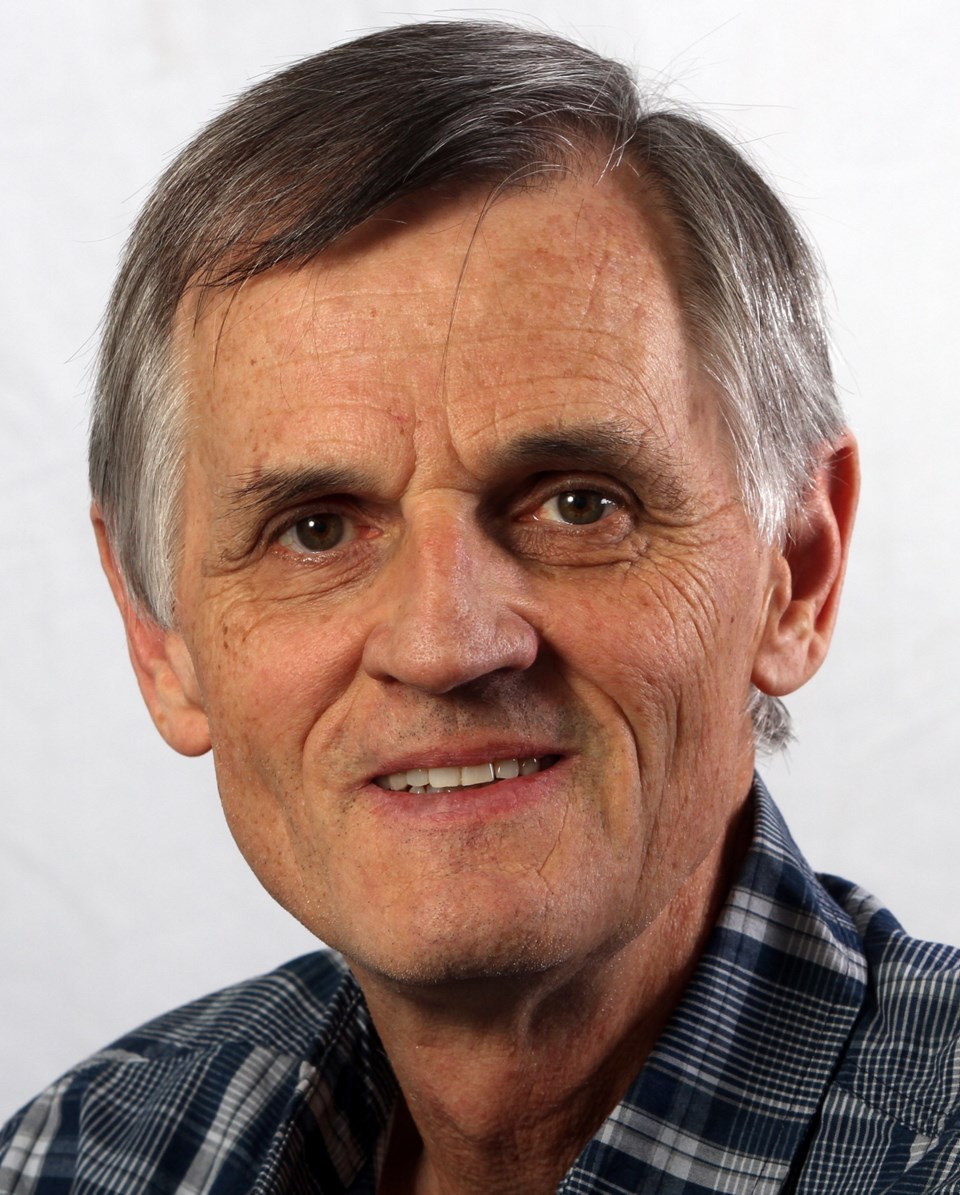 When the European Space Agency landed a spacecraft on the surface of a comet on Nov. 12, it was big news.
When the European Space Agency landed a spacecraft on the surface of a comet on Nov. 12, it was big news.
“Thanks to the incredible nature of the mission, the comet landing has been one of the most widely reported space exploration stories in history,” said one website.
I’m not so sure. For those interested in science and exploration, it was huge news, but for many, it was a ho-hum event. It was a stunning achievement, no doubt about it, but it didn’t seem to garner the same kind of attention stirred by space-race events in the 1960s.
It should have. Consider that the Rosetta orbiter was lobbed into space 10 years ago and sent looping around Earth and Mars to pick up speed from the slingshot effect. (That was necessary because matching the speed of the target comet would have required more fuel than any spacecraft can carry.) Rosetta’s 6.4-billion-kilometre journey — so far — culminated in dropping a refrigerator-sized lander onto the nucleus of Comet Churyumov-Gerasimenko, a body so small, it can’t be seen from Earth with the naked eye. It shows up as a faint smudge on photographic sensors connected to powerful telescopes.
The rendezvous with the comet took amazing precision and timing, made more complex by the fact that radio signals took almost 50 minutes to reach the craft when it was at its farthest point from Earth.
Consider also that the spacecraft carries technology that is now a decade old.
And yet the mission succeeded, the first ever to orbit a comet and the first to achieve a soft landing on a comet’s nucleus (bounces notwithstanding).
Astronomer Mark Hammergren of Chicago’s Adler Planetarium described it as “the equivalent of throwing a basketball twice the distance to the moon and hitting nothing but net.”
It was an astounding achievement, but we are not so easily astonished these days. Have we lost our sense of wonder?
It’s no accident that early space-race achievements were trumpeted widely — they were as much about politics and propaganda as they were about science, as the U.S. and the Soviet Union tried to outdo each other in flinging hardware into space.
Yet those events need no hype. I can still remember looking with wonder and awe at a bright quarter moon on July 21, 1969, having just watched the television broadcast of the first human to step onto the moon.
It seemed to me that everyone was watching that event, at least, everyone I knew. A look back supports the perception that the moon landing garnered widespread attention. For several days before and after, the Victoria Daily Times, like many other newspapers, devoted front pages and huge headlines to the event, hailing it as the dawn of a new era.
For many people, it was one of those moments when you remember where you were, what you were doing, what you were feeling.
For my colleague Dierdre Castle, the favourite memory was the comment from her dear old gran: “It’s a good thing there’s a full moon. There’s more space to land on.” (Never mind that the full moon was still a week away — there was still plenty of room for the landing.)
I have always been a stargazer and a moon-watcher, looking up into the incredible beauty and majesty of the night sky and imagining what is there.
Space exploration has produced reams of data that explain, at least in part, what we are seeing when we look upward.
That information does not stifle imagination, it feeds it. The more we learn, the more we realize how much more there is to learn.
Advances in science and technology shouldn’t rob us of a sense of wonder, they should add to it.


